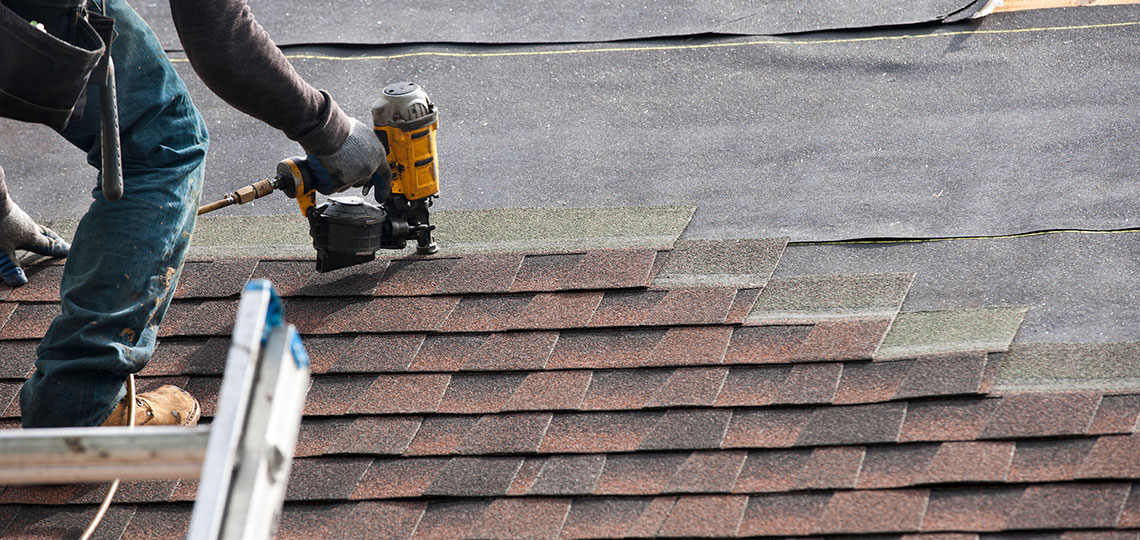Examining the Providers Offered by Roofing Companies in Gainesville Florida
Examining the Providers Offered by Roofing Companies in Gainesville Florida
Blog Article
Ideal Practices for Ensuring Proper Roofing Air Flow
A well balanced consumption and exhaust air vent proportion, commonly 1:300, plays an essential duty, with consumption vents preferably positioned at the reduced edge of the roof covering for trendy air access and exhaust vents at the optimal for warm air departure. Maintaining insulation away from vents is critical to prevent airflow restriction.
Understand Air Flow Basics
Appropriately understanding air flow essentials is vital for ensuring the longevity and performance of roof. Reliable air flow reduces moisture build-up and temperature level extremes in the attic room, both of which can lead to substantial structural damage with time. A well-ventilated roof covering assists in stopping usual issues such as mold and mildew development, timber rot, and ice dams, which can endanger the stability of the roofing products and the underlying frameworks.
The main goal of air flow is to help with the activity of air, permitting a constant exchange between the exterior and indoor settings. This balance is attained via a combination of consumption and exhaust vents that interact to preserve ideal air flow. Consumption vents, normally located along the soffits or eaves, allow fresh air to go into the attic room area, while exhaust vents, usually situated at or near the roof ridge, make it possible for warm, humid air to leave.
Secret factors influencing the efficiency of roof covering ventilation consist of appropriate positioning, appropriate sizing, and guaranteeing that both intake and exhaust vents are unhampered. Regular evaluation and maintenance are important to recognize possible obstructions, damages, or ineffectiveness in the air flow system, therefore protecting the roofing's efficiency and resilience.
Sorts Of Roofing System Vents
Roofing system vents play a critical function in keeping efficient attic ventilation and, by extension, the general wellness of the roofing system. Various kinds of roofing system vents are offered, each with distinct benefits tailored to particular roof covering requirements.

Soffit vents are installed under the eaves and job in tandem with roof vents to guarantee a balanced consumption and exhaust system. By permitting cooler air to enter from below, soffit vents facilitate the expulsion of warm air through upper vents. Gable vents, located on the outside wall surfaces of the attic room, offer an additional reliable option, specifically in homes with saddleback roofs.
Examine Your Existing Ventilation

Following, think about the age and problem of your roofing materials and air flow elements. Older systems might not abide by existing building regulations or might have degraded with time, lowering their effectiveness. Conduct a complete examination to determine any indicators of deterioration, such as rust, damage, or spaces that can endanger the system's efficiency.
Additionally, determine the attic temperature and humidity degrees. High temperatures and humidity can suggest poor ventilation - roofing companies. Use a hygrometer and thermometer to obtain exact readings, comparing them with outdoor conditions. Relentless disparities suggest possible concerns that require attending to.
Installment Best Practices
Effective installment of roof covering air flow systems is extremely important for making sure optimal efficiency and long life. Proper setup begins with recognizing the details air flow demands of this the roof covering and the structure it covers. This includes computing the right ratio of consumption to wear down vents, typically adhering to the 1:300 policy, which states one square foot of ventilation for every single 300 square feet of attic flooring area.

Consumption vents must be set up at the roofing system's lower side, usually in the soffits, to allow trendy air to get in. Exhaust vents, on the various other hand, must be mounted near or at the roof's optimal to help with the exit of cozy, damp air.
Seal all vent connections thoroughly to avoid air leaks and possible water seepage. Use high-grade materials and comply with manufacturer standards to guarantee durability and effectiveness. Additionally, incorporating ridge vents with baffles can considerably improve airflow effectiveness by avoiding wind-driven rain and snow from Web Site going into the attic.
Inevitably, specific installment of roof ventilation systems alleviates prospective problems such as mold growth, ice dams, and architectural damages, guaranteeing the roof's honesty and the structure's general health and wellness.
Regular Upkeep Tips
Uniformity in upkeep methods is essential to making certain the long-term effectiveness of roof covering air flow systems. During these inspections, make certain that vents are complimentary of debris, nests, and other obstructions that can hinder air flow.
Cleansing the vents is an additional crucial task. Make use of a soft brush or a vacuum to eliminate dirt and particles from intake and exhaust vents. Be cautious not to damage the vent screens or louvers throughout the process. In addition, inspect the attic room space for any indications of water damage, which might jeopardize the honesty of the roof.
Appropriate insulation is similarly important. Make sure that attic room insulation does not block the vents, as this can significantly restrict airflow. If any kind of insulation has shifted or resolved, reposition or replace it to preserve a reliable obstacle.
Lastly, change any type of harmed or missing out on parts promptly. Busted vents, cracked shingles, or tatty flashing can all add to poor air flow and must be attended to right away. Regular upkeep makes sure that the roof covering ventilation system operates efficiently, therefore expanding the life-span of the roofing itself.
Conclusion
Ensuring appropriate roofing air flow is critical for preserving the performance and toughness of a roof system. Adherence to the 1:300 intake and exhaust air vent proportion, paired with the strategic positioning of vents, is vital.
A well balanced intake and exhaust air vent proportion, generally 1:300, plays a crucial role, with consumption vents ideally positioned at the reduced side of the roofing for trendy air entry and exhaust vents at the height for warm air exit. Intake vents, typically situated along the soffits site here or eaves, enable fresh air to enter the attic room space, while exhaust vents, typically located at or near the roof covering ridge, make it possible for warm, humid air to escape.
Soffit vents are installed under the eaves and job in tandem with roof vents to make certain a well balanced intake and exhaust system. By enabling cooler air to enter from below, soffit vents help with the expulsion of hot air through upper vents. Adherence to the 1:300 intake and exhaust air vent proportion, coupled with the calculated placement of vents, is vital.
Report this page